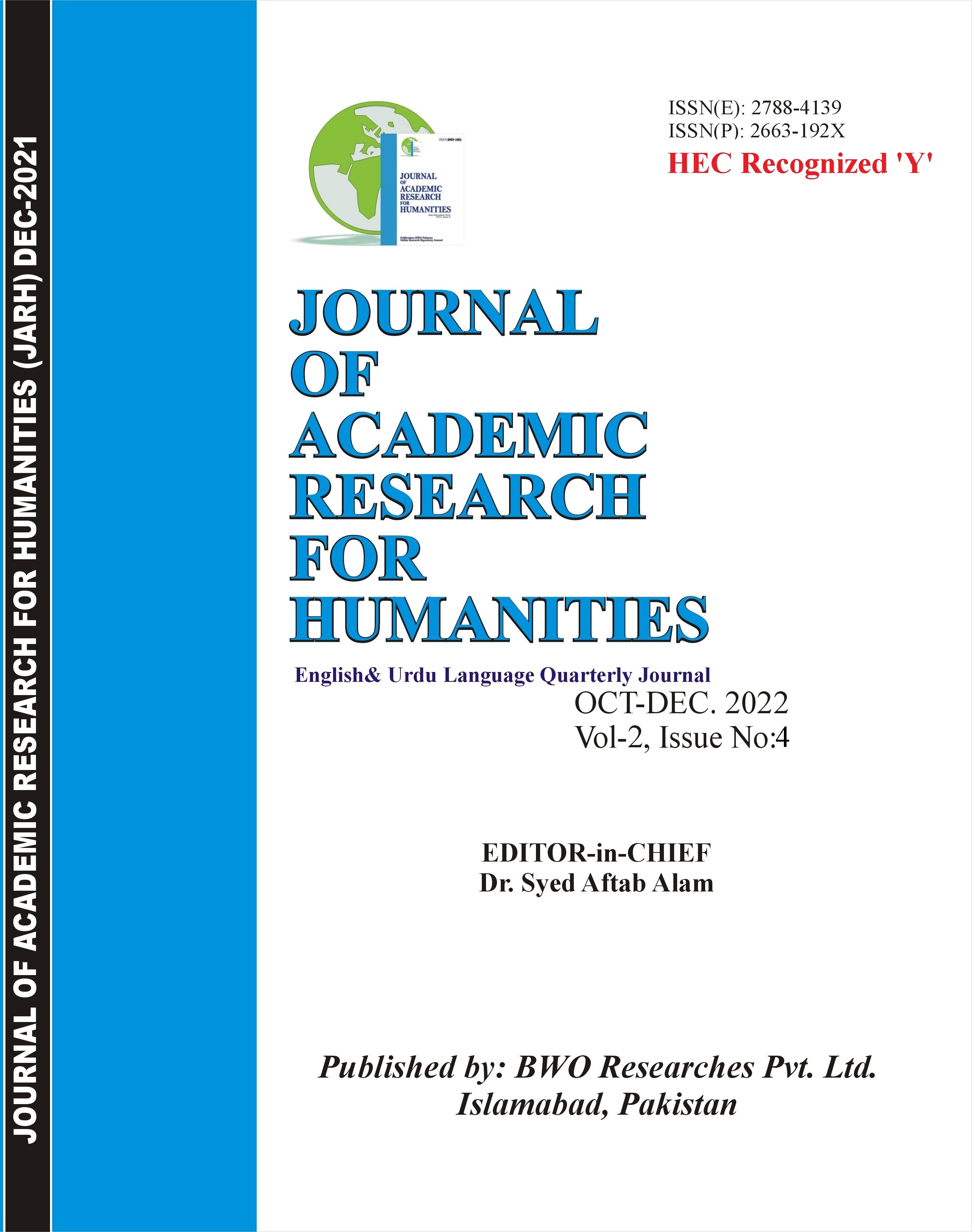Intrinsic Factors Influencing Primary School Teachers' Motivation

Abstract
This paper aims to examine the impact of intrinsic factors i.e., trust and recognition, on Primary School teachers' motivation. Various teachers from different campuses were selected as the respondents. It is proven from various studies that a range of factors affects the teachers’ motivation level. It had been additionally important to get that there's an instantaneous and positive relationship between trust and recognition and employees' motivation. Hence, if trust and recognition offered to teachers, were to be altered, then there would be an opposite impact on teachers' motivation. Teachers’ motivation is very crucial for the promotion of teaching and learning excellence. Motivated teachers most probably inspire students to learn new things, confirm the implementation of academic reforms, and feelings of satisfaction and fulfilment. Whereas teachers’ motivation is instrumental in the learning and teaching process and a huge number of teachers are unmotivated. Proper attention should be paid to on this observation and ought to be investigating the factors that enhance teachers’ motivation as motivation is crucial in attaining management goals in every organization.
Keywords
Intrinsic factors, Motivation, Trust, Recognition
References
- Broussard, S. C., & Garrison, M. B. (2004). The relationship between classroom motivation and academic achievement in elementary‐school‐aged children. Family and consumer sciences research journal, 33(2).
- Lewis, P. S., Goodman, S. H. & Fandt, P. M. (1995). Management: Challenges in the 21st Century. New York: West Publishing Company.
- Ofoegbu, F. I. (2004). Teacher motivation: A factor for classroom effectiveness and school improvement in Nigeria. College student journal, 38(1).
- Owens, R. G. (2004). Organizational Behaviour in Education, Pearson Education, Inc. (Owens, Organizational behavior in education , 2004)
- Peretomode, V.F. (1991). Educational administration, applied concepts and Theoretical perspectives for students and practitioners. Lagos: JOJA Educational Research and Publishers Limited.
- Chambers, G.N. (1999). Motivation language learners (Vol. 12). Multilingual Maters.
- Robertson, I.T., & Smith, M (1985). Motivation and job design: Theory, research, and practice. Hyperion Books.
- Dörnyei, Z. (2001). New themes and approaches in second language motivation research. Annual review of applied linguistics, 2.
- Vroom, V. H. (1995). Work and Motivation.-Revised Edition. San Francisco, CA: Jossey-Boss Classics.
- Robbins, S., Judge, T., & Sanghi, S. (2005). Organizational behaviour (8th ed.). New Delhi: Pearson Education
- Mustafa, M. N., & Othman, N. (2010). The effect of work motivation on teacher’s work performance in pekanbaru senior high schools, Riau Province, Indonesia. Sosiohumanika, 3(2).
- Barnett, K., & McCormick, J. (2004). Leadership and individual principalȬteacher Relationships in schools. Educational Administration Quarterly, 43(3).
- Blasé,J.,& Kirby,P. (2000). Bringing out the best in teachers: What effective principals do. Thousand Oaks, CA: Corwin Press.
- (Manzoor, 2012) Impact of Employees Motivation on Effectiveness European Journal of Business and Management. Vol 3, No.3